
Polina Marinova Pays Attention to the Little Things
How the creator of The Profile learned to read people — and used it to create a popular newsletter
May 15, 2020
If you really pay attention to the little details, you can learn a surprising amount about people. And if you learn about people, you’ll learn how the world works.
That’s what Polina Marinova thinks, and paying attention to little details is her job.
She’s a journalist who writes the newsletter, The Profile, where she features the best long-form profiles about people and companies, every week.
To Polina’s expert eye, the profiles that teach us the most are full of these small details — they show the way a subject folds their hands, or the way they speak when they’re uncomfortable. These are the kinds of stories that teach us the most about the world — by examining people, they show us how things really work.
And when you dig into Polina’s life, you’ll understand why she thinks this way. She moved from Bulgaria to the US as a child. Suddenly, she found herself in a completely new country, with a new school, and new classmates — but she didn’t speak the language at all. Then her parents got divorced.
In the aftermath of so much change, she had to pick up new tools to understand and work with the world around her. So she started to pay attention to people. She began to notice nonverbal cues and gestures that told her what people were thinking, even if she didn’t quite understand the words they were saying. It was those small details that made the difference for her.
“I learned to pay attention to tiny things a long time ago,” she said to me in our interview. This made her really good at first impressions. “When I meet somebody I can pretty quickly understand what type of person they are based on small cues that they give away.”
Polina has taken that obsession with the details of people and turned it into her job. She left a great job at Fortune to write The Profile full-time in March — at the height of the pandemic. Now she gets to learn and write about people 24/7 — and share the best of what she finds with her audience.
So what can we learn from reading about people? What makes a great profile? And what are the systems and processes Polina uses to curate the best pieces of journalism for her audience each week?
We cover that and more in below. Let’s dive in!
Polina introduces herself
Hi, my name is Polina Marinova. I studied journalism at the University of Georgia and graduated in 2013. After graduating I freelanced for about a year — working remotely for USA Today and CNN.
Eventually I moved to New York, did a stint at a media startup, and then got a job at Fortune where I was the social media editor and then a reporter. After that I started writing at Term Sheet.
But I left Fortune in March to write full-time on my newsletter, The Profile, where I feature long-form profiles of interesting people and companies.
I actually started The Profile a few years ago — at the time I was down on the whole media industry because there was so much clickbait. It was genuinely hard to parse through all that to find really, really well reported journalism.
So every time a really good piece of journalism came out my friends and I would Slack about it or text about it. So I decided to put it all into one email so people can have a place to go and find great journalism in one place.
What makes a good profile
When I’m reading an article I can usually tell pretty quickly whether or not it’s going to be a good profile. A good profile immediately grabs you at the first sentence.
For example, this is a profile I really like of Greta Thunberg, the climate activist.
The first sentence is: “There is persona and there is reality in Greta Thunberg.” It’s great, I immediately want to know more.
But the writer also explores in detail the contradictory sides to Greta. On the one hand she’s a climate activist who’s trying to get the world to pay attention, and on the other hand, you know, she’s a teenager.
A good profile captures the little things that make us different. It really helps when the writer has spent time with the subject and can capture their little quirks, or their eccentric habits.
One of my favorite profiles ever is on Justin Bieber. And the reason I like it is because the writer was able to capture these little bits about him that make him come alive and seem human. For example, the interviewer describes how as you’re talking to him he doesn’t backchannel.
Backchanneling is those cues like nodding your head that let someone know that you’re listening and following along. Instead, he just stares at you. And so you don’t know what he’s thinking.
And I love that stuff. It’s those details that make the subject of the piece come alive. As a writer, you have to actually figure out ways to show the reader who someone is versus just telling them.
A bad profile reads kind of like a press release. It’s just generic stuff that doesn’t go into any of the challenges, or nuances, or contradictions of the subject. It’s just general and high-level — you forget it as soon as you read it.
Why she likes profiles
I’ve thought about this a lot. When I first moved to the US I didn’t speak English. So in my elementary school I had to try really hard to understand what people meant from just their expressions and their body language.
I learned to pay attention to these little things a long time ago. So I think I’m fairly good with, like, first impressions. When I meet somebody I can pretty quickly understand what type of person they are based on small cues that they give away.
I’m also just fascinated by why people do what they do, and how they make decisions, and how those decisions made them end up in the situation they are in now. I'm kind of attracted to really complicated characters who have had a lot going on in their lives.
I think all of us are like that to some degree. In college I had to do a profile of someone for a class assignment, and it was really tough because the person was so boring. I went to my professor and I said, “Oh my god, I can’t get anything. This is the most boring person in the world.”
And the professor said, “No one is inherently boring. They’re only boring because you haven’t asked the right questions.”
For me I want to learn from the most interesting people on earth, I want to understand their experiences. So I think above all writing and reading profiles is a great way to learn.
I think the best way to learn is through other people. If you hear about an experience someone else went through, you’re able to relate to it in a different way than you would if it was just an abstract idea.
But also, the best profiles humanize people. I don’t want to read an Elon Musk profile that just talks about how much of a genius he is. I want to learn about the fact that he lost a child, and how after that he became maniacal about work and poured all of his energy into it. I want to learn about the hard things he’s been through and how he learned from them, and how they helped him become the person he is today.
Polina’s daily routine
I wake up around 7:30, do some work and have coffee. By late morning I give myself 30 minutes to exercise or take a walk or do something that’s not at my table.
Then I come back and do more work.
I have an email that goes out on Wednesday and then another one that goes out on Sundays. So I’m pretty much always writing.
At night, the hard thing about working from home is that I have to force myself to actually stop working. If it was up to me I’d work until like 11:30 PM. I love what I do, but it’s also a double edged sword, because it’s hard to even know when work stops.
I’m always reading articles, so is that work or not? Or another example, I watched a Masterclass last night with Sara Blakely. It was fun for me, but I also jotted down a bunch of notes that I think could help me with the newsletter. So is that work?
She uses a small notebook for ideas and quotes, and a larger notebook for planning
I have two notebooks that I take notes in. One is a tiny notebook that’s pocket-sized. I carry that everywhere with me and I use it to write down quotes from articles or books or conversations. For example, before the pandemic happened I went to a talk with Danny Meyer, and I just wrote down a bunch of the things he said in that notebook. It’s kind of like a commonplace.
It’s useful to have because if I have writer’s block I’ll go flip through it, and it often sparks an idea for a piece to write or a topic to explore.
Then, the other notebook I have is where I keep my plans for The Profile. So I’ll flesh out projects I’m working on in there and use it as my todo list. My todo list is very important to me — I get very nervous if I have something on my list and I don’t do it.
Once I write something down it’s like it’s written in stone, and I have to do it. When it’s done I can cross it out and then I don’t have to worry about it anymore.
She runs The Profile out of a master Google doc
I run The Profie using a single doc that I call my Profile Master Doc. It’s a Google Doc with links to resources that I use frequently, and links to newsletter issues that I’m working on or other articles that I’m writing.
For example, I did a Q&A with Jeremy Cohen who’s a photographer based in New York, and I put everything related to him — like the questions I’m going to ask him and the story I’m writing about him — as linked documents in this master doc.
This document helps me track what’s coming up nearterm that I need to be working on for the week, and also helps me plan for the things a few weeks or months out.
I also have a doc called Audio / Video Library where I keep links to anything that I’ve listened to or watched recently that I might want to cover.
How she finds great pieces of journalism to write about
This stuff just pops up everywhere in my day to day life. I might see something on Twitter, or I might see something pop up in my podcast feed.
For example, I use TweetDeck to read Twitter. I use Twitter lists, and every so often my eye will catch something and I’ll click on it.
But another thing I do is in my Profile Master Doc in my resources section I have a Google Doc that lists out all of the sites I check frequently for articles I might want to feature.
It’s things like The New Yorker, Digg, The Atlantic, Vogue. I also use Pocket a lot to find articles — their Discover section is very good.
She creates a new doc for each article and links to it in her master doc
When I’m ready to write I’ll create a new Google Doc and link to it from my Profile Master Doc under the date the issue is supposed to go out.
Inside the Google Doc I paste a template I have of the sections that are in each Profile edition. The format is:
- Introduction
- Profiles
- People To Know
- Companies to Watch
- Videos to See
- Audio to Hear
As I come across articles or other pieces of content that I think will go into each of the sections I’ll just go into the doc and put a word or a sentence about the article to remind me about it later when I’m going in to read the articles and write summaries:
For example, “Biking strangers” and “The prep school nazi” are both articles that will eventually be part of this edition, but I need to go in to read the full article and write the summary.
When I want to actually read one of the articles to write the summary, I’ll go find it in Pocket.
I’ll be writing the summary for the article as I’m reading it.
How she writes her summaries
Once I’ve found an article I like and I’m reading through it I’m ready to write the summary.
Here’s how I think about it: the summary has to give the meat of the article. It has to tell people what they have to know about it. But, I also want to push them to actually click the link. So I need to leave a little bit of a mystery too.
You want to give people enough to be interested, but also get people excited to read more. That’s the balance.
She puts together jigsaw puzzles when she’s blocked on a big piece
Sometimes when I’m working on a big piece, I have trouble putting everything together. For example, when I was at Fortune I was working on this feature about Kleiner Perkins. And I had done like 27 interviews, and I had a 50 page Google Doc full of transcriptions.
I needed to figure out where to start, how to pull everything together into a cohesive narrative. And I was like, “I don’t know what to do.”
So I just did a jigsaw puzzle.
When you’re doing the puzzle your brain is just really focused on the task at hand. So instead of obsessing about, “How am I going to start this?” — you’re just thinking about the puzzle, and where to fit the next piece. And then in the background your brain is synthesizing all of the information that you just heard and read from the article you’re writing. And by the time you’re done, you have an idea for how to start the piece.
It’s like a form of meditation.
On leaving her job to run the newsletter full-time
I’m actually kind of glad that I made the decision before all this happened because God knows what I would have decided if I hadn’t done that. I made a decision and gave Fortune notice in the beginning of March — that was before everything got as bad as it is.
When I actually left, my last day was March 20th, and some people were like, “Oh my god, you’re quitting your job in the middle of all of this. You’re crazy.”
What they didn’t realize was that I had been thinking about leaving to go full time on The Profile for about three months. And part of that decision-making process was actually this scenario: what happens to The Profile if a recession hits?
My logic was that I probably wasn’t any safer working for someone else than I would be running my own thing.
In a weird way, I think people now have more time to dedicate to learning new things and reading more. So I’m seeing an uptick in people’s reading habits.
How she made the decision to work on The Profile full time
It took me about three months to finally pull the trigger to leave my job. Before I left Fortune I wrote a pro / con list of reasons to go full-time. In the pro category I said:
- I could grow the free and paid list if I focused
- I love it
- I can write profiles (which is what I love to do)
- I’ll meet and learn and work with the best people in the world
In the con category I put:
- The uncertainty and lack of a stable monthly income
- Media is hard
- Letting people down
- I don’t have enough experience yet
- What if I can’t grow subscriptions fast enough?
- What if I stand in my own way?
I really don’t like uncertainty, so this was a tough decision to make for me. But over time I just had this overwhelming feeling of love for it. And I knew I had to do it.
And it turns out, now that I’ve left that the uncertainty isn’t such a huge problem. Who knows what’s going to happen in a month or six months? Who knows what’s going to happen with the economy? There’s so much uncertainty right now in general that I think my brain can’t handle it — so I just don’t worry. I’m calm, you know?
Polina’s Five Favorite Profiles
1. ‘Heineken’s Charlene de Carvalho: A self-made heiress:’ Charlene de Carvalho was a 47-year-old stay-at-home mother of five when her father died and left her the family business. Not a big deal until you realize the family business means running Heineken, which employs more than 73,000 people. Carvalho had 10 days to make a choice: continue living comfortably as a housewife or run the world’s №3 brewer with no prior business experience. She chose the latter, and she’s now one of the world’s wealthiest women.
2. ‘The Secret History of Tiger Woods:’ This story is about Tiger Woods, but it’s also about anyone who has ever experienced loss, grief, and inexplicable loneliness. In the 10 years since his father died, Tiger lost his greatness at golf, while becoming obsessed with the military and indulging in a dozen or more affairs — both reflections of his dad Earl. The best and worst things that have happened in his life happened because of Earl. This is a remarkable story of early success, a meteoric rise, a catastrophic fall, and an uncertain future.
3. ‘Justin Bieber Would Like to Re-Introduce Himself:’ It doesn’t matter if you don’t like, don’t care, or don’t know who Justin Bieber is, this is one of the best things I’ve read. It’s the story of a good kid who was rejected for being too good. So the solution to not being lame? Tattoos. Hot girls. A police record. And in spite of all the money, fame, and attention, he’s tragically lonely. Bieber's only trusted confidante? God.
4. ‘How Goop’s Haters Made Gwyneth Paltrow’s Company Worth $250 Million:’ Gwyneth Paltrow’s controversial wellness company Goop is valued at $250 million. On its site, you can find legitimate lifestyle tips alongside completely bonkers magical thinking: articles on body brushing, dieting, the afterlife, crystals, and something called “Psychic Vampire Repellent.” Every time someone writes a takedown of her company, it only grows in popularity and sells more products. This is a masterfully written profile.
5. ‘Nick Saban: Sympathy for the Devil:’ Alabama football coach Nick Saban has a vision he literally calls “the process” — a philosophy that emphasizes preparation and hard work over results. It’s about constantly examining weak spots and gradually improving. If you fall short, you work to meet the standard of excellence next time. And if you win, you work to fight off complacency. The process, then, is never over.
Enjoy this?
Press the “like” button, so we know to do more like it in the future!
A Bundle of the Best Business Newsletters?
Superorganizers partnered with Divinations (an excellent business strategy newsletter run by my friend Nathan Baschez) to offer a bundle of both of our premium editions.
Normally individual subscriptions to both newsletters would cost a combined $28/month, but you can now get them bundled for just $20/mo. That’s a pretty good deal!
Want the bundle but can’t afford it for any reason? Email me and we’ll work something out!
The Only Subscription
You Need to
Stay at the
Edge of AI
The essential toolkit for those shaping the future
"This might be the best value you
can get from an AI subscription."
- Jay S.
Join 100,000+ leaders, builders, and innovators

Email address
Already have an account? Sign in
What is included in a subscription?
Daily insights from AI pioneers + early access to powerful AI tools
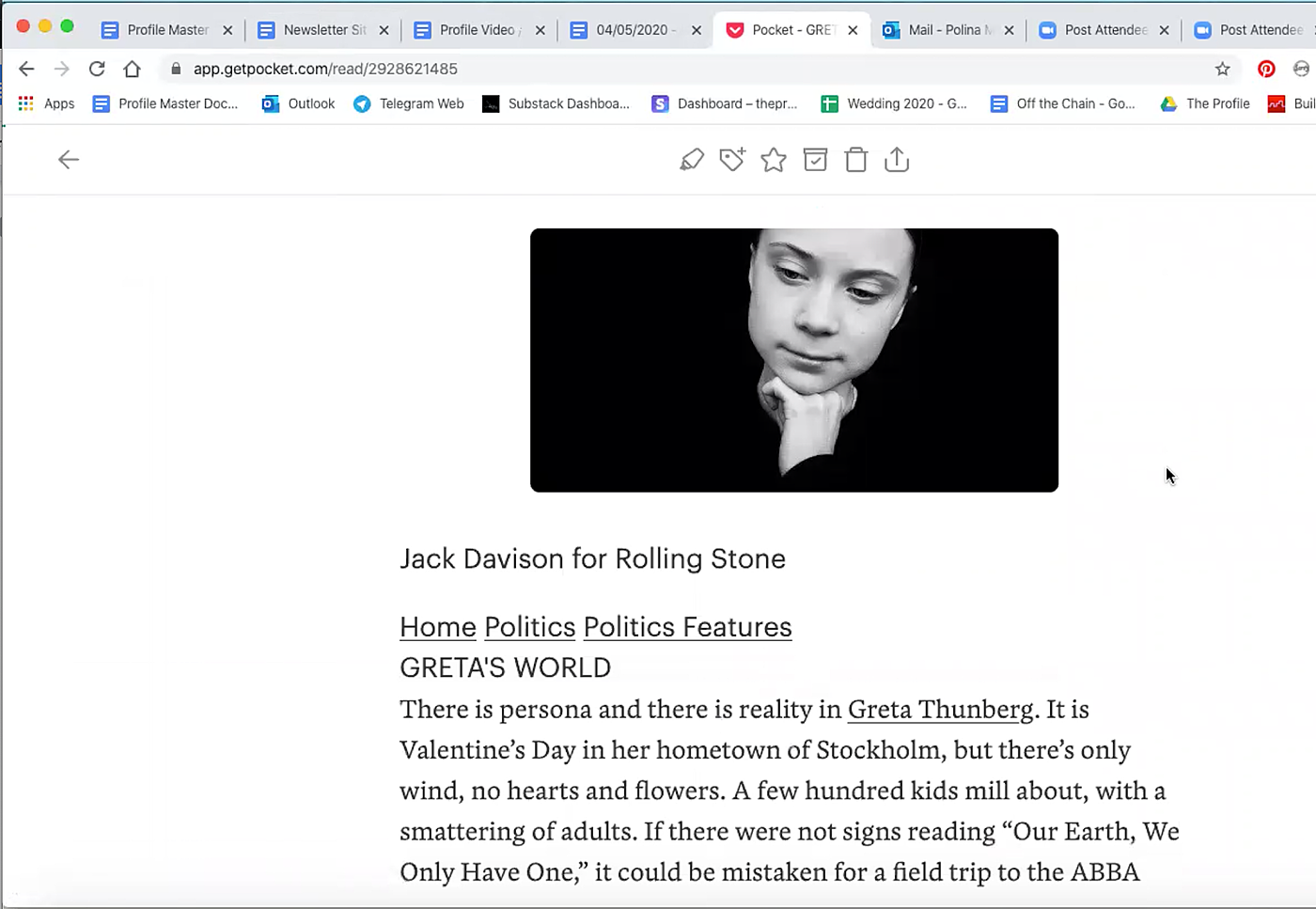
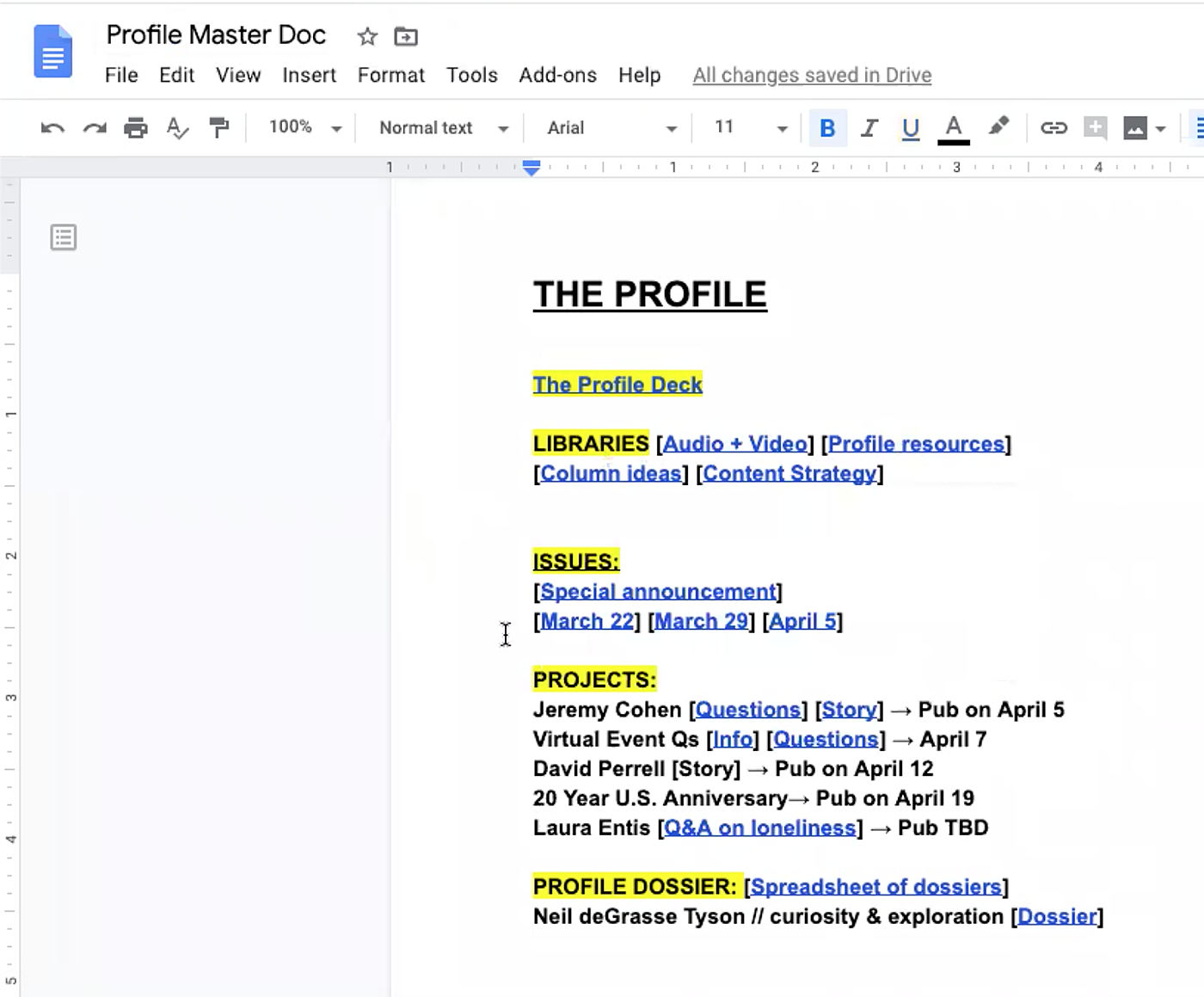
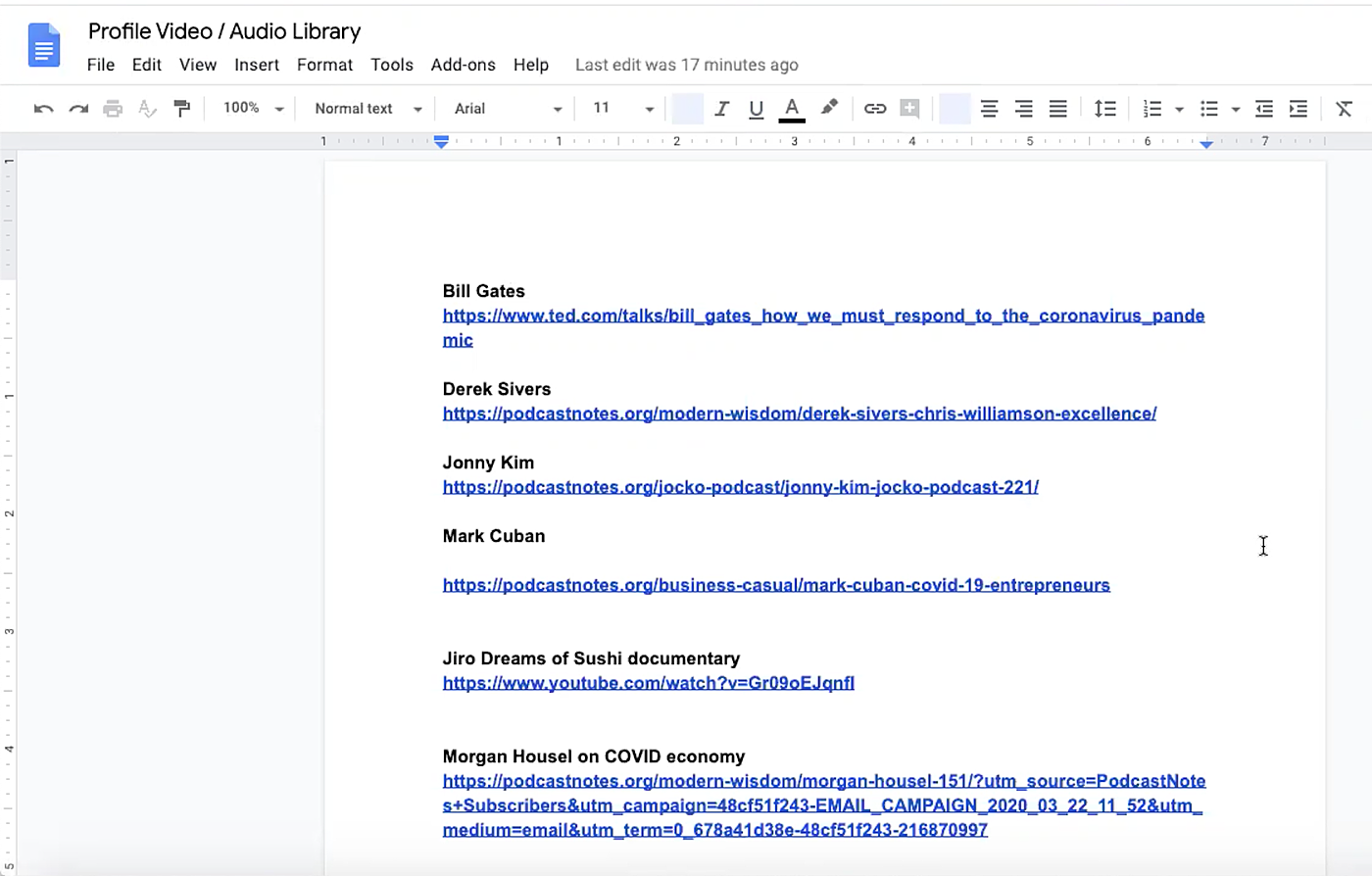
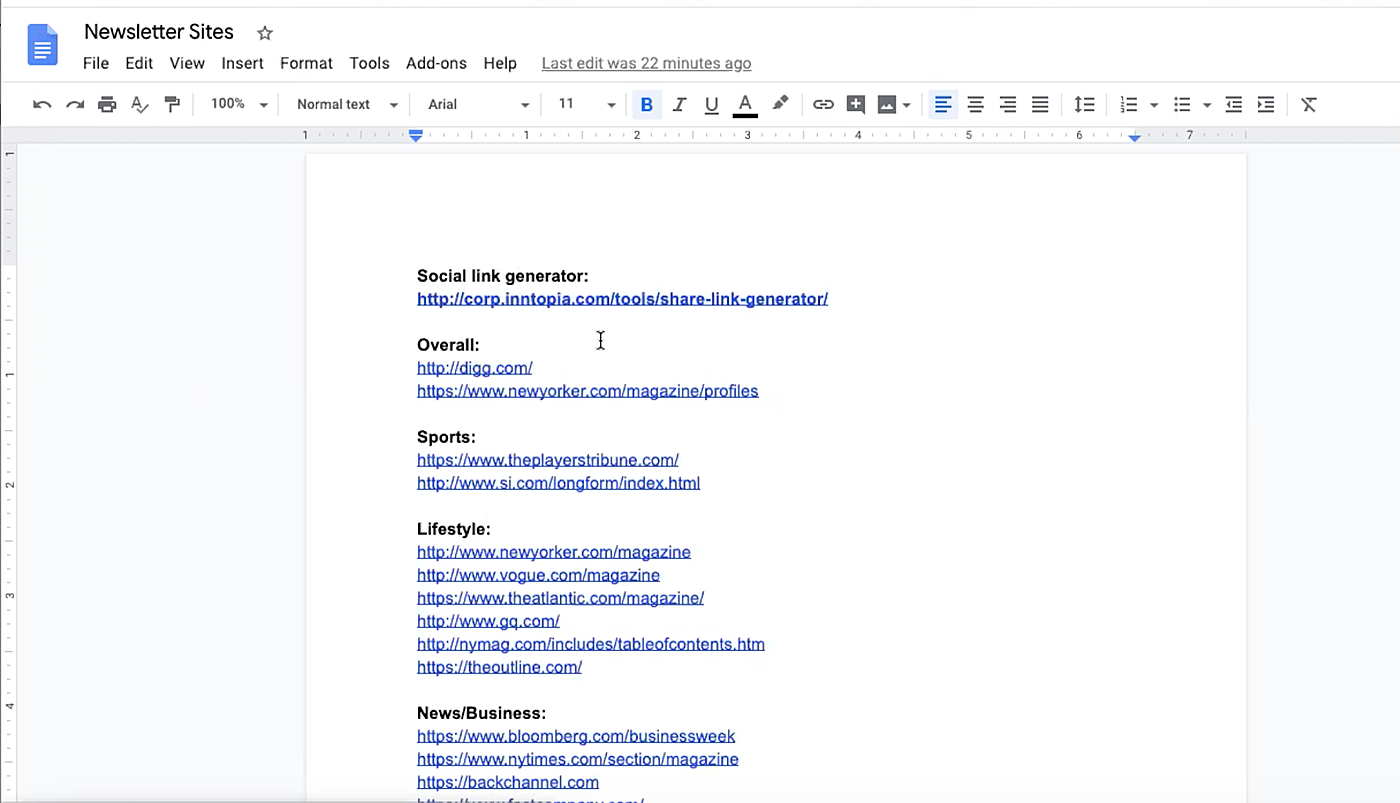
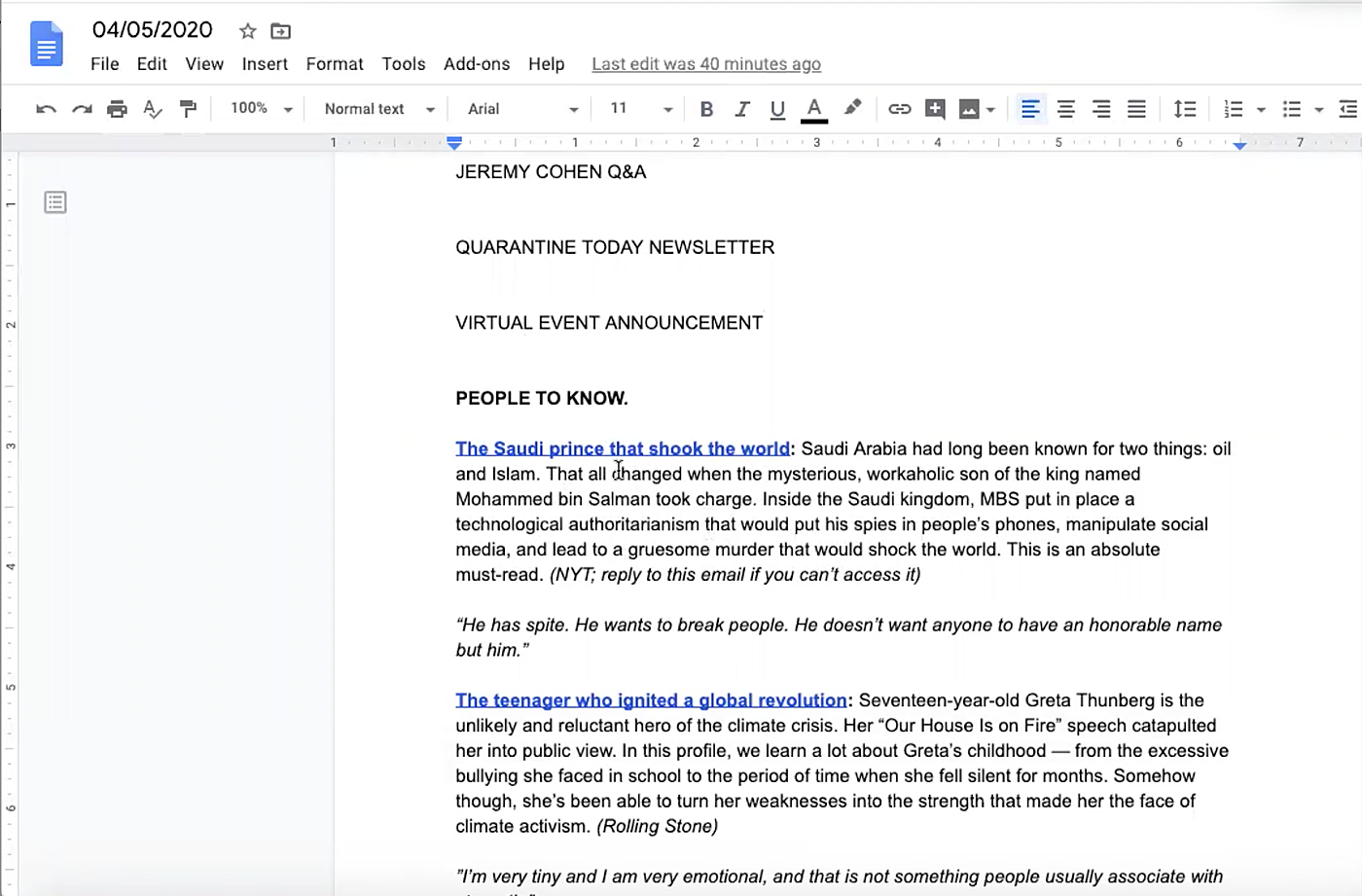
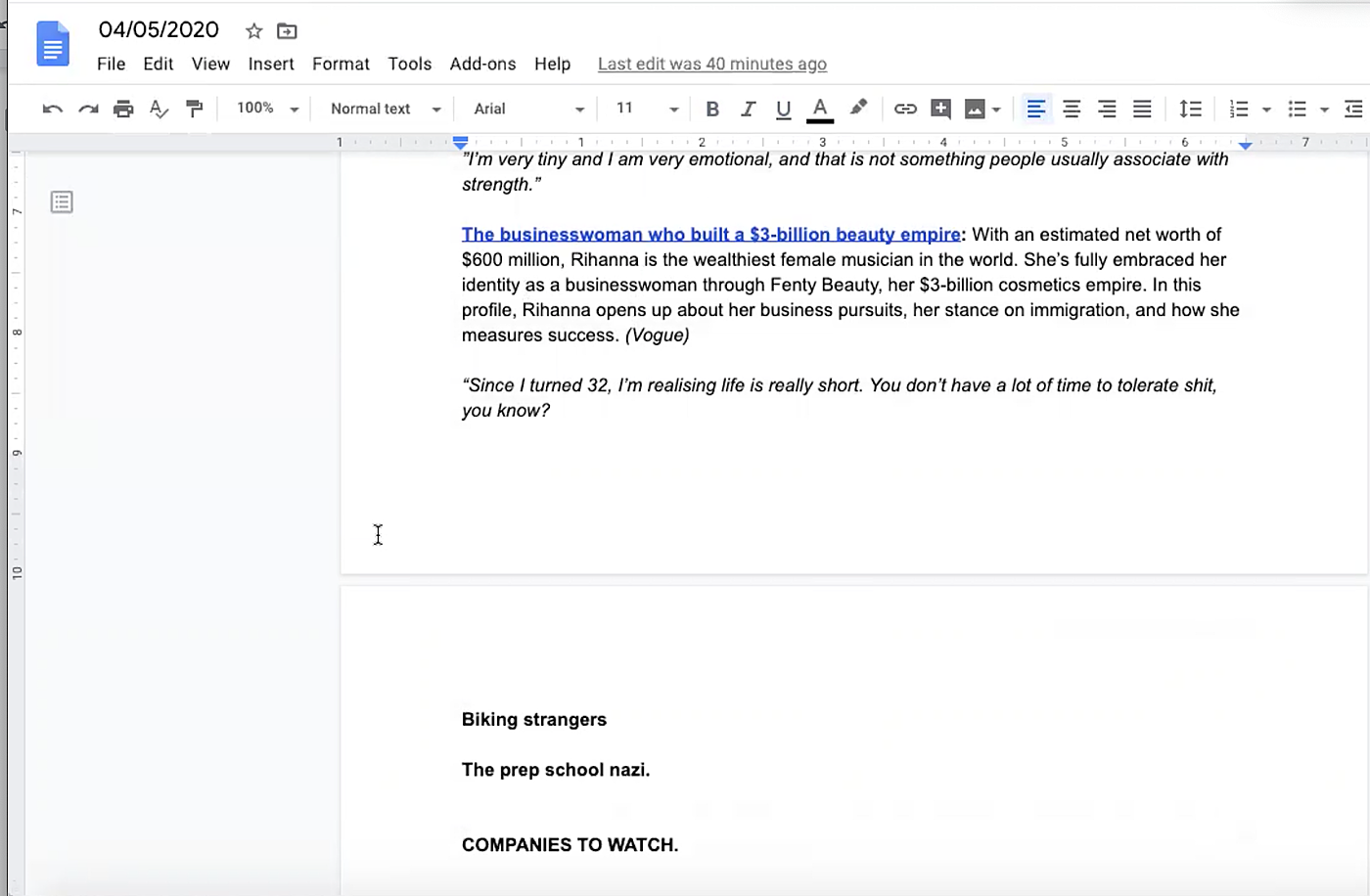
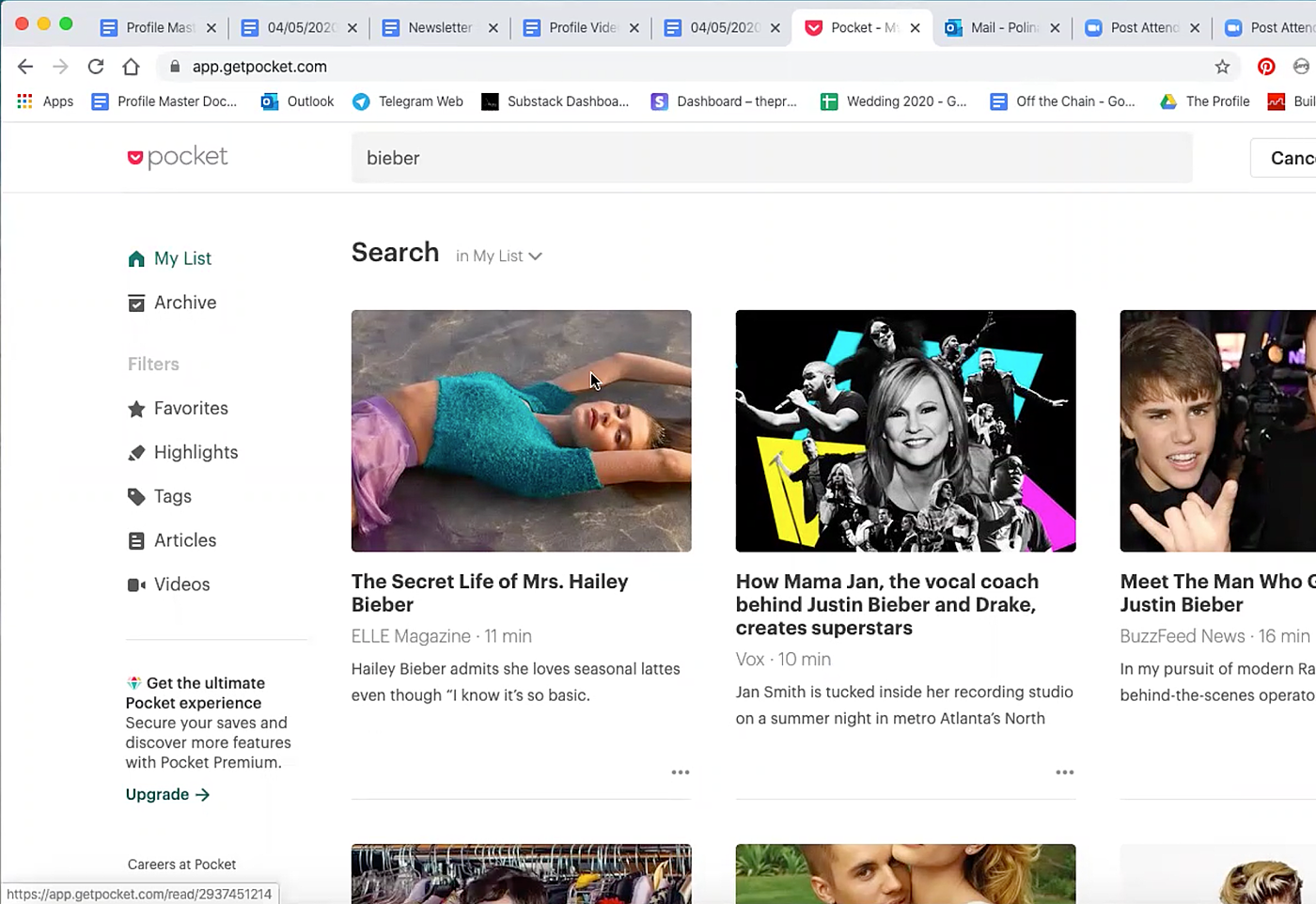










Comments
Don't have an account? Sign up!